Hello! Today, I am introducing Ottogi’s new ramen menu, which is the bagged version of Cup Noodles, called Ottogi Jjamppong Noodles. I once thought, “Wouldn’t it be nice if Ottogi Cup Noodles, popular as a diet food, came out as bagged noodles?” After small and large cup noodles, and the bagged version of sesame noodles, they have now introduced Jjamppong Noodles! Let’s find out what this menu is all about!
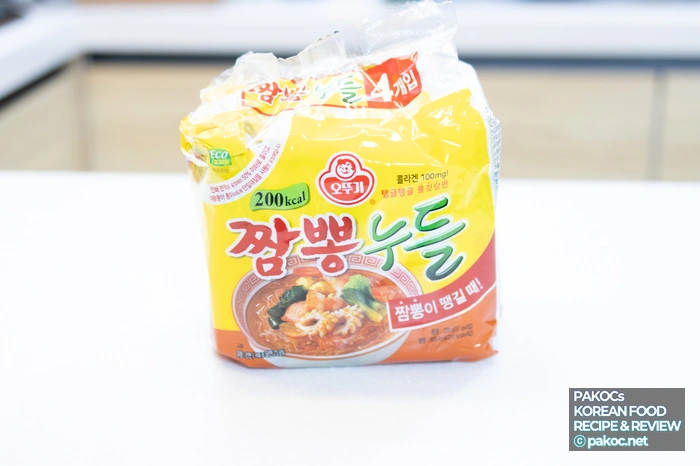
ⓒ
Copyright PAKOC https://pakoc.netJjamppong Noodles Price and Features
It seems Ottogi was already well aware of the public opinion regarding the release of bagged Cup Noodles! By launching viral menus like sesame noodles and jjamppong noodles, they might also be aiming to test the market! The issue is the price. I bought a multipack of 4 bags for 6,980 won at the supermarket. Generally, Cup Noodles are more expensive than regular ramen due to manufacturing process issues, and the bagged noodles also feel slightly expensive!
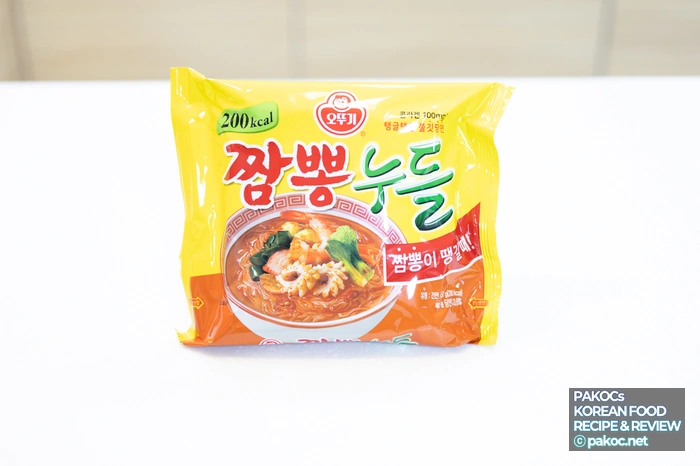
ⓒ
Copyright PAKOC https://pakoc.net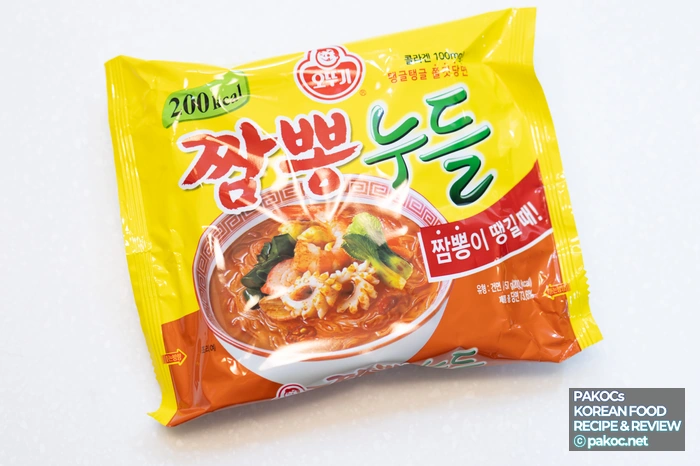
ⓒ
Copyright PAKOC https://pakoc.netThe content weight is 57g, which is quite light, and the calorie count is 200Kcal, less than half of regular ramen, but the sodium is 66% of the daily recommended intake, which is not high for ramen but still noteworthy. Cup Noodles were similar! If you’re eating it for dieting, you should consume the broth moderately!
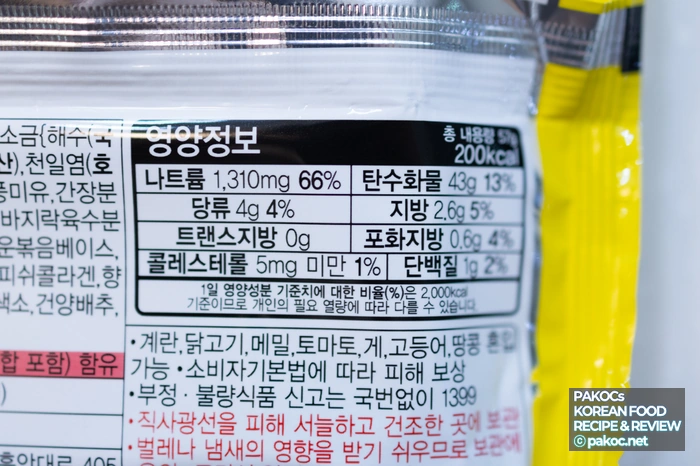
ⓒ
Copyright PAKOC https://pakoc.netThe cooking method is similar to boiling regular jjamppong ramen, where you add the noodles and ingredients, boil them, and then add the seasoning oil at the end! Just note that the cooking time for the noodles is 5 minutes, which is relatively long. Also, looking at the ingredients, they have added a lot of jjamppong-related extracts and seasonings to create the jjamppong flavor!
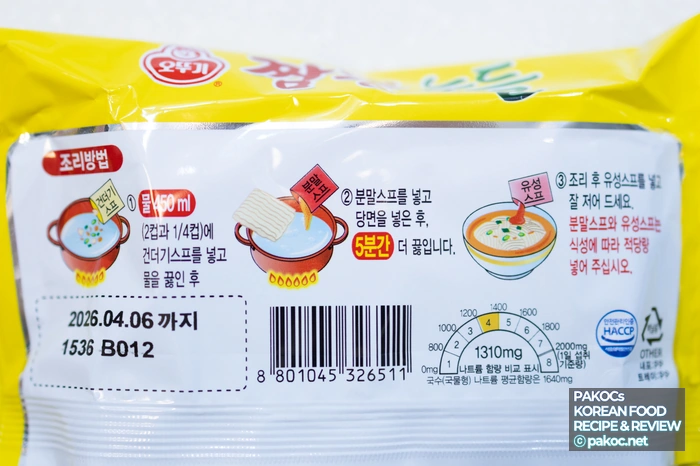
ⓒ
Copyright PAKOC https://pakoc.net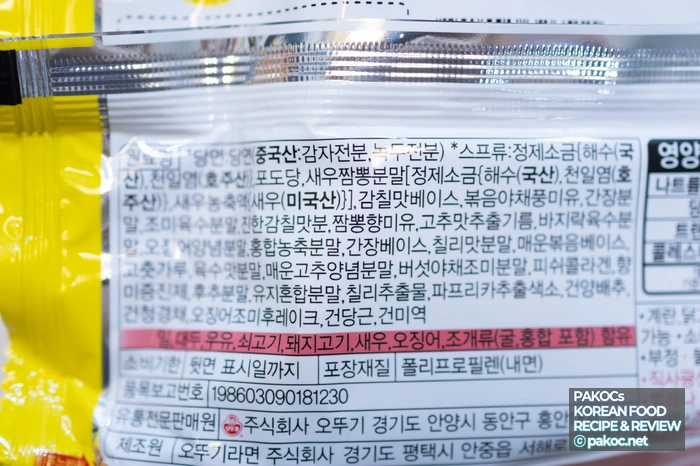
ⓒ
Copyright PAKOC https://pakoc.netJjamppong Noodles Content Composition
Let’s take a quick look at the composition! Last time, I was just contemplating whether to eat sesame noodles or not and ended up not eating them, but this time I get to check it out! This menu consists of four components: glass noodles, powdered soup, ingredient soup, and seasoning oil! The glass noodles are contained in a plastic container, and they can break more easily than expected, so it’s best to handle them carefully!

ⓒ
Copyright PAKOC https://pakoc.net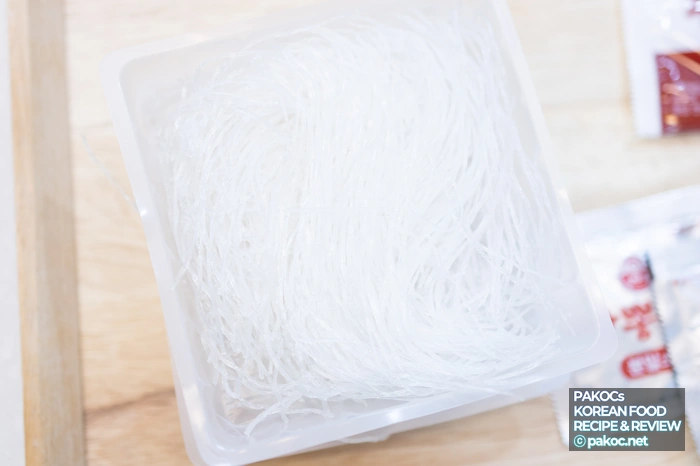
ⓒ
Copyright PAKOC https://pakoc.netThe powdered soup is probably almost the same as the existing jjamppong ramen released by Ottogi, right? Haha, the same goes for Cup Noodles! I think it might be derived from Ottogi Jin Jjamppong. The taste is likely to be very similar!

ⓒ
Copyright PAKOC https://pakoc.net
ⓒ
Copyright PAKOC https://pakoc.netThe ingredients seem to mainly include bok choy, bell pepper, carrot, and green onion. Surprisingly, seafood flakes don’t seem to be specially included, but they are present, just too small to see. Haha, although the photos show two servings, it definitely looks like there’s slightly more than in Cup Noodles.
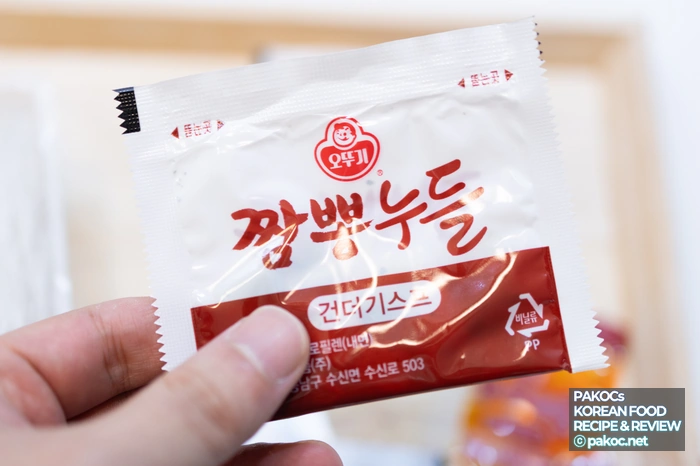
ⓒ
Copyright PAKOC https://pakoc.net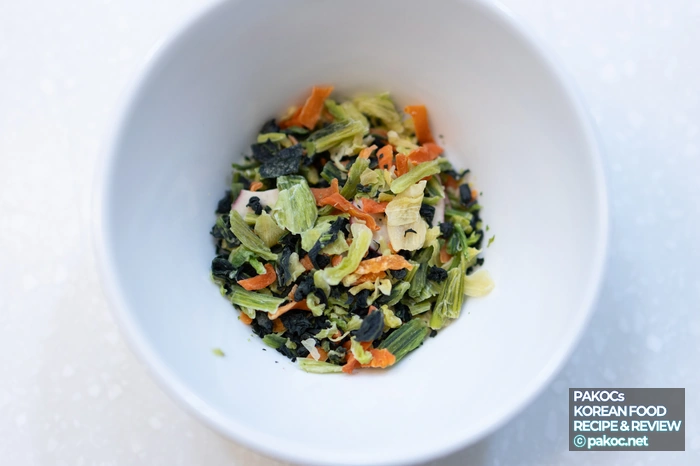
ⓒ
Copyright PAKOC https://pakoc.netOf course, the oil soup included in Cup Noodles is also present. You need about 500ml of water, so the oil soup is generously provided! Adding this makes the taste quite good, but if you’re a dieter concerned about oil, you can leave some out!

ⓒ
Copyright PAKOC https://pakoc.netJjamppong Noodles Cooking
I plan to cook two servings, so I prepared 900ml of water! I will add about 85-90% of the powdered soup. Once the water starts boiling, I added two servings of noodles!
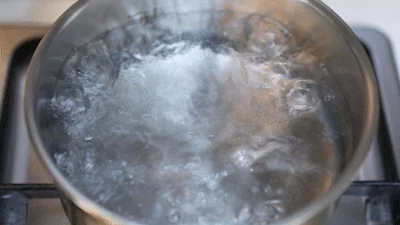
ⓒ
Copyright PAKOC https://pakoc.net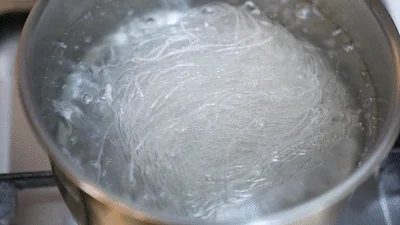
ⓒ
Copyright PAKOC https://pakoc.netI added the powdered soup and ingredient soup (the ingredients should have been added before the water boiled!) and cooked for 5 minutes. It’s a bit more cumbersome than cup noodles, but there’s nothing particularly tricky, and it’s convenient!
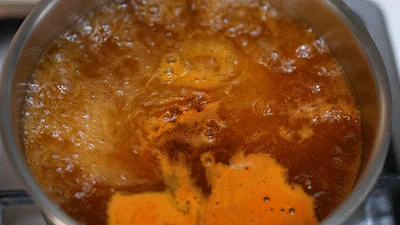
ⓒ
Copyright PAKOC https://pakoc.net
ⓒ
Copyright PAKOC https://pakoc.netAfter cooking, this is how it looks. Having cooked all the noodles, it feels a bit unfamiliar not seeing the white noodles! Haha, but since I enjoyed the Cup Noodles, this should be fine too.
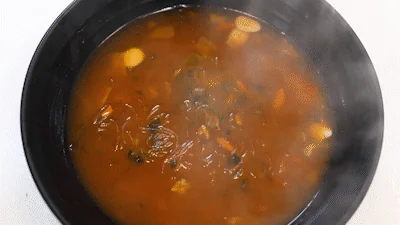
ⓒ
Copyright PAKOC https://pakoc.netJjamppong Noodles Taste
Since it’s a boiled menu, I think it would be worth it if it tastes a bit better than regular Cup Noodles, so I’ll give it a try. Before eating, I evenly sprinkled two oil soups!
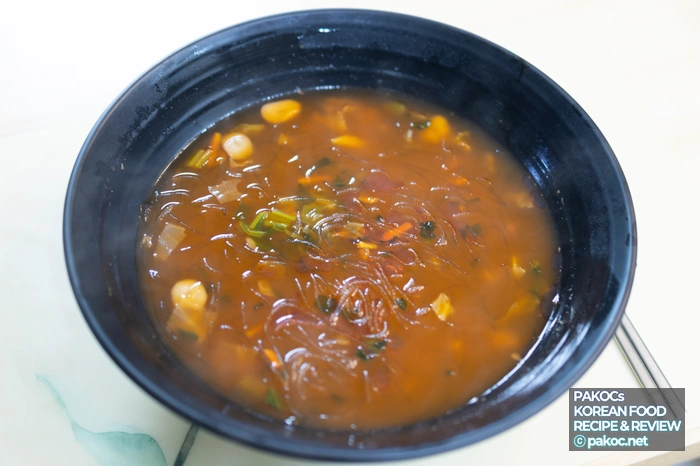
ⓒ
Copyright PAKOC https://pakoc.net
ⓒ
Copyright PAKOC https://pakoc.netAfter mixing the noodles, broth, and oil soup well, I took a bite. Compared to regular Cup Noodles, the boiled ramen definitely had a richer taste!
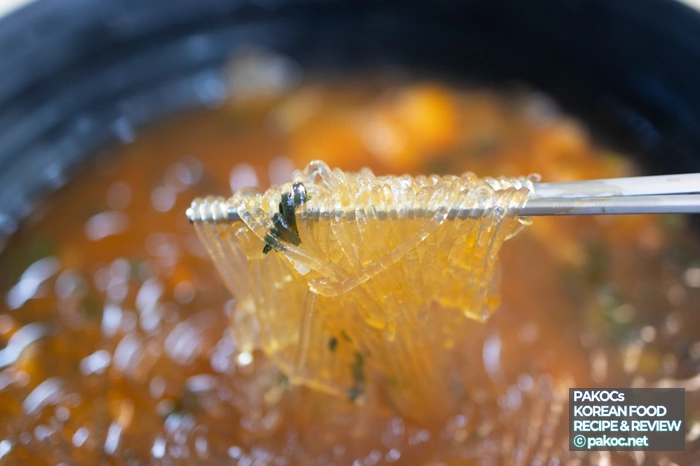
ⓒ
Copyright PAKOC https://pakoc.netThere’s no exact standard, but my personal feeling is that the noodles cook more and the broth becomes slightly thicker as it boils. For those who haven’t tried Cup Noodles, it’s a Jin Jjamppong flavor without the boiled flour taste.
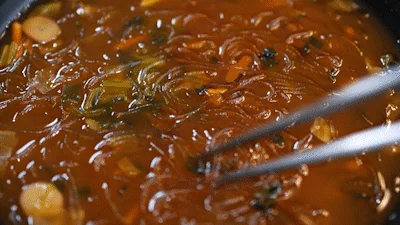
ⓒ
Copyright PAKOC https://pakoc.net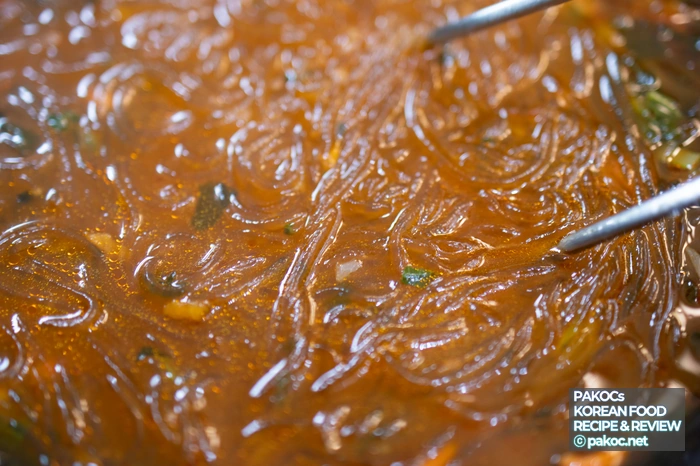
ⓒ
Copyright PAKOC https://pakoc.netThe highlight is definitely the broth! When you crave spicy broth during a diet, and it’s a shame to just drink the broth and you miss the noodles of Jin Jjamppong, it’s a good choice. It doesn’t seem to lack flavor in any particular way!

ⓒ
Copyright PAKOC https://pakoc.net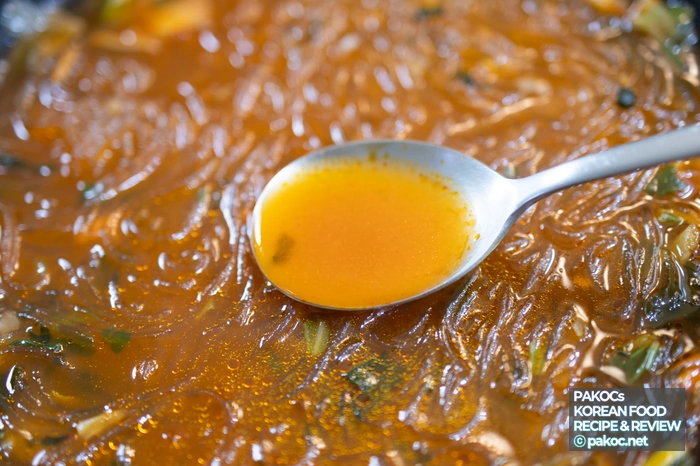
ⓒ
Copyright PAKOC https://pakoc.netHowever, as mentioned earlier, the sodium content in the broth is not negligible, so it’s best to just taste it moderately. In fact, as you eat, you might feel like adding rice, so be cautious about that too. Haha
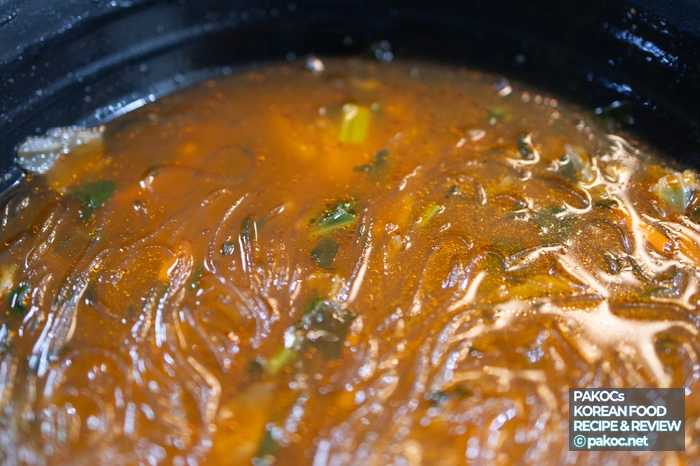
ⓒ
Copyright PAKOC https://pakoc.netOverall, it quite well reproduces the broth taste of boiled Jin Jjamppong, and the taste was better than expected, making it an enjoyable menu! Even eating two servings doesn’t reach the calories of a regular ramen, which I liked! I stopped after drinking about 250ml of the broth. It was a recommendable menu when you feel empty and bored during a diet!
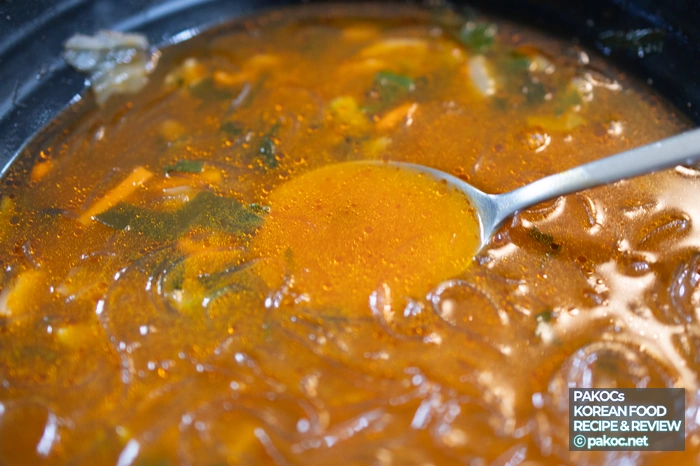
ⓒ
Copyright PAKOC https://pakoc.net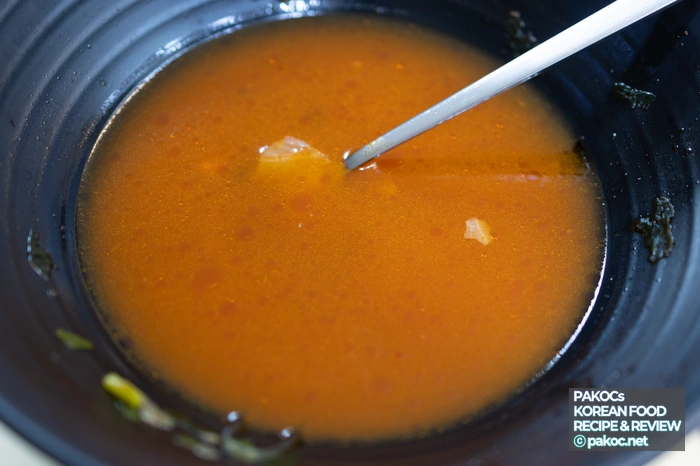
ⓒ
Copyright PAKOC https://pakoc.net[Ramen Review] Harim Homeplus Dakbokkeumtangmyeon
[Convenience Store Lunchbox Review] CU Hankkime Satisfaction Bulgogi Set
image sources
- 분말스프 구성 오뚜기 라면: Copyright PAKOC https://pakoc.net
![[K-Food] Egg Pasta & Egg Fried Rice Ottogi X CU Sesame Ramen 41_CU-도시락-신제품-소개](https://pakoc.net/wp-content/uploads/2025/10/41_CU-도시락-신제품-소개.webp)
![[Korean Food] Chef Choi Hyun-seok's Spicy Cream Jjamppong Emart24 1_이마트24-최현석-셰프-매운크림짬뽕](https://pakoc.net/wp-content/uploads/2025/11/1_이마트24-최현석-셰프-매운크림짬뽕-150x150.webp)
![[K-food] Samyang 1963 Ramen 1_삼양-1963-라면-포장사진](https://pakoc.net/wp-content/uploads/2025/11/1_삼양-1963-라면-포장사진-150x150.webp)
![[Ramyeon Review] Snack Bar Fish Cake Ramyeon 'Ottogi' CU 14_어묵탕-국물-맛-강조](https://pakoc.net/wp-content/uploads/2025/10/14_어묵탕-국물-맛-강조.webp)